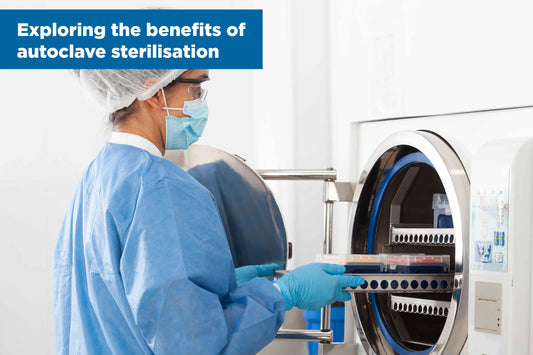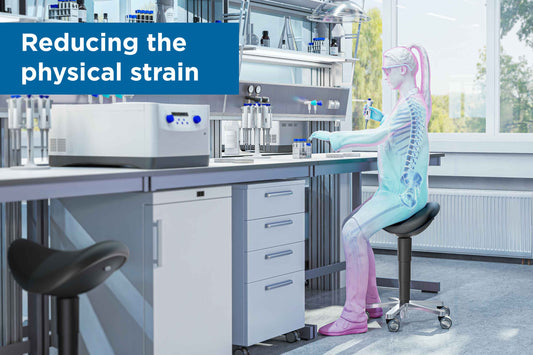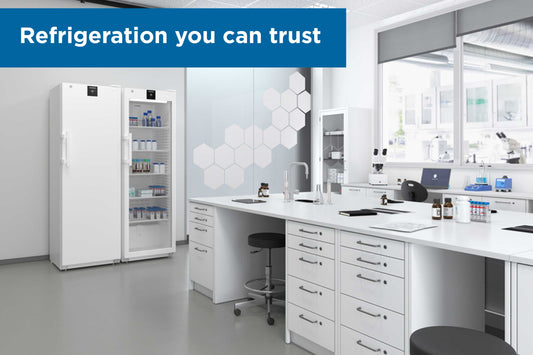Effective pest control starts with prevention - from sealing entry points to embedding a culture of hygiene through staff training, each step plays a vital role in protecting your facility from infestation. In this blog, we explore pest prevention and how Teknomek can help support your business.
Find potential entry points
The first and most crucial step toward maintaining a pest-free facility is to conduct a thorough inspection of the building’s exterior and interior for any potential entry points. Even the smallest gap can serve as an access route for rodents, insects and birds, so it's essential to seal every crack, crevice, or structural weakness. Cracks in walls, floors and foundations should be promptly repaired and all air vents and windows should be fitted with stainless steel or galvanised mesh to prevent flying insects from entering while still allowing for adequate airflow. Pest-proof seals should be installed on exterior doors to ensure tight closure with bristle strip seals or brushes fitted to roller doors and shutter gaps. These physical barriers support a proactive, hygiene-first approach that forms the perfect foundation for an effective integrated pest management system.
Keep staff informed
Early detection is vital in order to be able to solve pest infestations quickly. The sooner signs of pest activity are identified, the faster corrective measures can be implemented, minimising the risk of contamination and ensuring compliance with food safety standards. Any pest inspections, proofing efforts and recommendations/actions should be recorded and maintained to ensure compliance with clause 4.14.9 of the BRCGS guidelines. This makes staff training even more important for a proactive site-wide approach.
Our online pest control courses were created in partnership with Veritas Pest Consultancy to offer specialist training tailored to food production environments. These courses equip staff with the knowledge to recognise early warning signs, report issues correctly and understand their role in maintaining pest-free conditions. This not only promotes a hygienic mindset among staff, but also emphasises the importance of proper food storage practices so that the entire facility can become more resilient to the threat of pests.
Fly killers
At Teknomek, we offer two types of fly killers to help support businesses throughout the summer months – glueboards and killing grids. These should be positioned outside of production areas & away from exposed food. To help your pest management plan, we have listed the ideal locations for fly killers and the reasoning for each below:
|
Internal perimeter |
Ideal location to intercept flies as they enter. |
|
Changing rooms, corridors |
Prevent movement of pests into clean areas. |
|
Packaging areas |
OK as long as there's no open product. |
|
Waste handling areas / bin stores |
Attract flies before they enter processing areas. |
Glueboards
Fly killers with glueboards are an effective and hygienic method of controlling flying insects in food production environments. These units attract insects using UV light and trap them on a sticky glueboard, preventing contamination from insect fragments. Unlike traditional electric zappers, glueboard units operate silently and reduce the risk of cross-contamination, making them suitable for use in low-risk and transition areas. Regular maintenance is essential, including routine inspection and replacement of glueboards and shatterproof UV bulbs, to ensure continued effectiveness and compliance. Please note that any glueboard changes and inspections should be recorded in your pest control documentation.
Killing grids
Fly killers with killing grids use ultraviolet (UV) light to attract flying insects before they are electrocuted on a high-voltage grid. These devices are effective in quickly reducing fly populations; however insects can explode upon contact, dispersing body parts and pathogens into the surrounding area making it a contamination risk. Like glueboards, they should not be used in high-care areas. While they are useful in certain settings, this equipment must be carefully risk-assessed and they should be positioned away from processing zones to avoid compromising food safety.
Providing solutions that last
Pest control should remain a priority all year round – not just in the summer months. By building a proactive pest management plan that safeguards high-risk zones, businesses can feel confident that pests can be kept at bay. Teknomek is on-hand to support your journey with hygienic equipment, expert training resources and trusted pest control solutions. Get in touch today to find out more by calling +44 (0)1603 788 833 or email mail@teknomek.co.uk.




